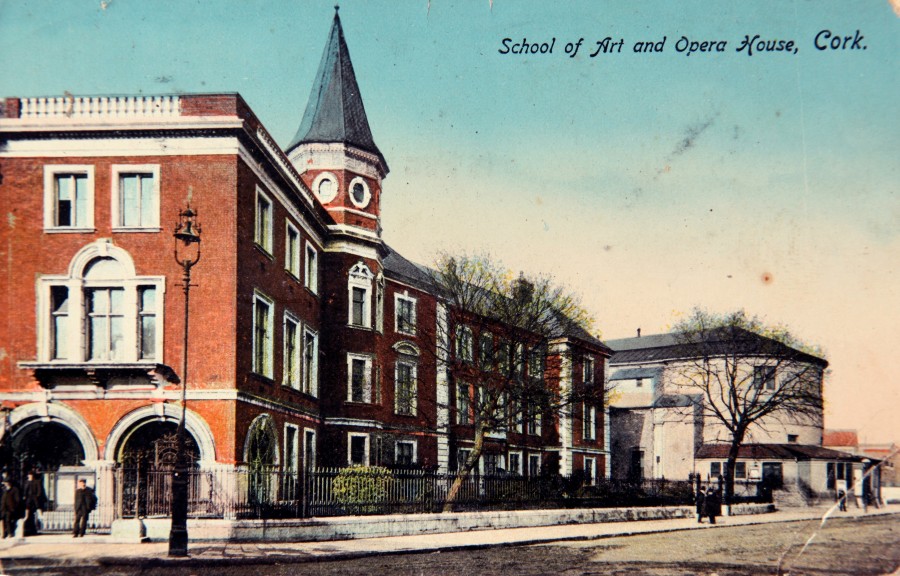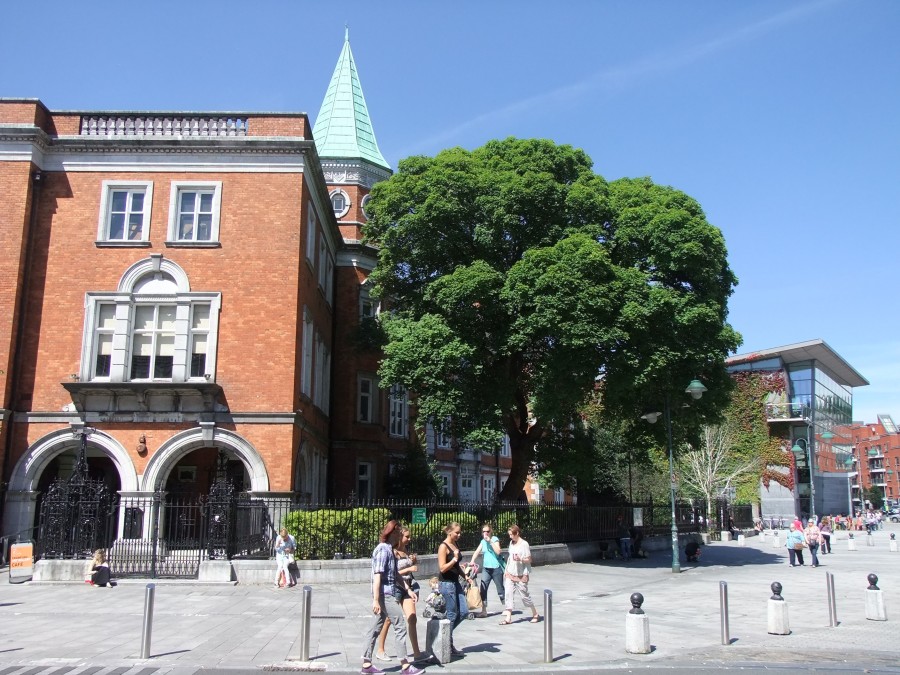
Kieran’s Our City, Our Town Article,
Cork Independent, 22 December 2016
Remembering 1916: Christmas Preparations
Today one hundred years ago, citizens went about their annual Christmas shopping amidst a sharp frost and a bitter wind. The Cork Examiner reports of the week reveal multiple tales of a city struggling with legacies of war and loss. Animated scenes were recorded at a Christmas party at Victoria Barracks on a Wednesday evening, when through the kindness of Lieutenant-Colonel A Canning, CMG, commanding the 3rd Leinsters, and Mrs Canning, an entertainment was given to the wives and children of the men of the several battalions of the regiment who were resident in Cork and vicinity. It was an anecdote to the horrors of news across other parts of the media’s press coverage. On 18 December 1916, the Battle of Verdun ended in France with German troops defeated. The Battle of Verdun lasted for 303 days and became the longest and one of the costliest battles in human history with nearly a million casualities.
The 3rd Leinsters Battalion was one of eight Irish regiments raised largely in Ireland with its home depot in Birr. The function in Cork barracks commenced at 3.30pm when tea was served in the YMCA Hut to about 600 women and children. Afterwards all proceeded to the gymnasium, which was elaborately decorated with flags and bunting. Here an enormous Christmas tree-laiden with toys in waiting, Captain HRH Ireland MC in ruddy robes and snowy hair and whiskers, acted as Santa Claus, and the toys were given away by Mrs Reed. There were almost 500 children present, and each child got a present.
Archives of the Leinster Regiment Ireland record that three battalions of the Leinster Regiment were active during the Easter Rising in 1916, it was only the 5th that was directly involved in the fighting. The 3rd and 4th battalions were mobilised but performed only guard duty at Bridges on the Shannon. The legacy of 1916 also pervaded the press in December 1916 with news from the Frongoch Internment Camp in Wales. Owing to their refusing to answer roll-call and assist in the identification of those liable to military service, prisoners at the South Camp were heavily penalised – one of the punishments being the deprivation of medical treatment when necessary.
In our recent weeks, the Digital Repository of Ireland has launched a series of new digital exhibitions to post online in the next couple of months to commemorate the internment of Irish prisoners at the Frongoch internment camp. Frongoch and 1916: Recreating a Lost Landscape will contain several thematically arranged exhibitions, augmented by unseen memorabilia from private collections digitised at public memorabilia collection days. The project blurb details that Frongoch provides a fascinating window into 1916, because the Irish prisoners, their Welsh guards and local townspeople created a kinship during this short imprisonment, leading to a fount of stories and an array of artefacts that mark the brief period of the camp’s existence. Following the 1916 Easter Rising, the camp was emptied of the German prisoners being held there from World War I battlefields, and was populated with c. 1,800 Irish prisoners, including Michael Collins. The camp was emptied in December 1916, but not before becoming known as ‘ollscoil na réabhlóide’, the “University of Revolution” for the discussions and classes that had been built by the community. In terms of the emptying of Froncoch Camp a small story appearing in the Cork Examiner on 26 December 1916 comments that on the previous Saturday and Sunday men from the County of Cork arrested after the troubles of Easter Week and confined in internment camps in England, arrived in Cork. They were met by relatives and friends at the Glanmire Railway terminus, and proceeded to their respective homes.
Where both soldier and revolutionary met was probably at the Cork Opera House. A century ago it was an old-established custom at the Cork Opera House to open the after-Christmas season with a George Edwarde’s musical comedy. The success of 1916 was “The Happy Day”, which ran for several months in London, and had been presented in British cities with equal success. It was welcomed to Cork in the afternoon of 27 December by an audience, which left very few seats vacant in the Opera House. The play, which was in two acts, was the work of Mr Seymour Hicks; the music was by Sydney Jones and Paul A Rubens, and the latter with Adrian Ross, contributed to the lyrics. As to the plot – Prince Charles of Galania, who might be a knight errant in the old days of chivalry, is to marry Princess Mary of Valaria, whom he has never seen. He meets the Princess, but thinks she is somebody else, and they arrange to meet again at a sort of Bohemian ball that forms part of the municipal celebrations. And perhaps the theme of multiple identities is where Cork and the country ended up on the last day of December 1916 – being at a crossroads of multiple narratives, all active in shaping Ireland’s southern capital – where themes of a world war, revolution, poverty, industrial opportunism through the hopeful Fords project all merge to create an Atlantic port city full of stories about life and humanity.
Happy Christmas and Happy New Year to all readers of the column – if you missed one of the columns this year, check out the Our City, Our Town index at my website, www.corkheritage.ie
Cork 1916, A Year Examined (2016) by Kieran McCarthy & Suzanne Kirwan is now available in Cork bookshops.
Cork City History Tour (2016) by Kieran McCarthy is also available in Cork bookshops.
Captions:
875a. Crawford Art Gallery & Cork Opera House, c.1916 (source: Cork City Through Time by Kieran McCarthy & Dan Breen)
875b. Present day Emmett Place (picture: Kieran McCarthy)


